|
A number of years ago I decided to raise some baby mallards. As a child I used to feed and make friends with them, even as a toddler I was told. Because I live so close to North Pond I decided to raise some mallards and release them on the lake, although I had never seen mallards here and wondered why. After doing some preliminary research I learned that this area was a breeding area for wild mallards, so I figured that I had nothing to lose.
What an adventure! The “quackers” were characters. My dog adored them and they seemed equally fascinated with her because whenever Star visited with them they would waddle over to quack excitedly at her when she pawed their cage. I came to love them too, and although they made a horrible mess I loved the quackers enthusiastic morning greeting. When the day came to release them I felt sad. By this time I had spent a lot of time in my kayak looking for a safe haven for the youngsters. I created a nest at the end of a peninsula, and left them there on North Pond. I saw the quackers occasionally during that summer but when they migrated in the fall they didn’t return… I believed my experiment to re- introduce them had failed.
1 Comment
Canadian Geese have been on my mind a lot lately. This past winter I have missed the skeins of geese that fly back and forth up and down the river appearing every single morning like clockwork. In Abiquiu when winter turned to spring I noted that the geese were behaving in much the same way the Sandhill cranes did before they migrated, splitting into pairs or groups of three and flying erratically. I was puzzled. I didn’t recall witnessing such behavior before this year. I wondered about migration patterns. Were the geese shifting their flight patterns too? Or perhaps the small groups I saw were staying year round? Some days it almost seemed as if these water birds were confused by something.*
I saw three Canadian geese on the last predawn walk I took to the river/Bosque, just an hour or two before leaving for Maine. I knew that a perilous journey was ahead because we were driving. The C/virus was a frightening threat though I brought all food, and would camp/use woods as bathroom. The first morning after my arrival in Maine I saw and heard three geese honking over my head. I was struck by the odd synchronicity – (three geese at the beginning and ending of the journey). I remembered the mother goose tales of my childhood also recalling their mythology. 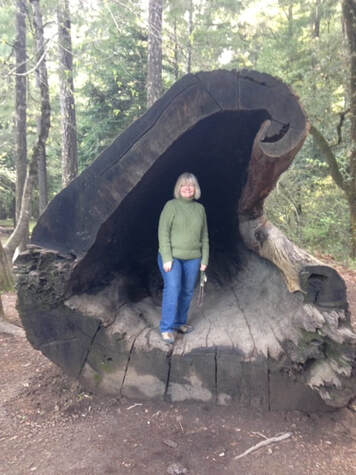 Totally by accident, I discovered a picture of a most beautiful flower commonly called Adderstongue (Scoliopus bigelovii) that I had never seen before. Of course I had to look it up… I learned that Adderstongue only grows in old growth forest in the understory of the ancient Redwood trees of California in moist mossy places that are shaded. It grows from a rhizome, and I immediately suspected the plant must have a symbiotic relationship with the Redwood’s underground fungal network. The flower is pollinated by fungus gnats, the fruit is a drooping capsule and when it bursts the seeds are carried away by ants. The moment I laid eyes on the picture I longed to see one in the flesh… and this is what got me started on my Redwood Quest. Once Redwoods grew throughout North America as well as along the coasts of Europe and Asia, but now they are now restricted to the Pacific coast. And I have never seen one. The earliest Redwoods -Sequoia sempervirens -(the name Sequoia is Cherokee in origin) appeared shortly after the dinosaurs disappeared. Redwoods have lived in their present form for about 240 million years although California didn’t become their home until about 20 million years ago. I first became interested in herbalism as a young mother who kept a small herbal garden outside her back door. There is nothing better than fresh herbs to spice up any dish (as any good cook knows well) and baking my own bread, making homemade granola, etc., like gardening, was simply part of what I did. In retrospect, I see that cooking served as a highly creative endeavor that helped me to create some balance between the millions of mundane jobs associated with single motherhood and my need for creativity…
It seemed quite natural to begin to explore herbs for medicinal purposes. I first experimented with plants that grew wild near my house on the island on which I lived. I sensed that developing a personal relationship with the plants I was using mattered, an intuition that continues to inform my growing and preparation of herbal remedies to this day. If I don’t have the right growing conditions for an herb I need, I wild craft responsibly. Until recently I have never used store bought preparations. Scientist Diana Beresford Kroeger proved that the biochemistry of humans and that of plants and trees are the same – ie the hormones (including serotonin) that regulate human and plant life are identical. What this means practically is that trees possess all the elements they need to develop a mind and consciousness. If mind and awareness are possibilities/probabilities then my next question isn’t absurd: Do trees have a heartbeat?
According to studies done in Hungary and Denmark (Zlinszky/Molnar/Barfod) in 2017 trees do in fact have a special type of pulse within them which resembles that of a heartbeat. To find this hidden heartbeat, these researchers used advanced monitoring techniques known as terrestrial laser scanning to survey the movement of twenty two different types of trees to see how the shape of their canopies changed. The measurements were taken in greenhouses at night to rule out sun and wind as factors in the trees’ movements. In several of the trees, branches moved up and down by about a centimeter or so every couple of hours. I began to get very interested in the possibility of the bark of some trees photosynthesizing in winter as a result of my predawn meanderings in the Bosque. I noticed, for example, the pale skin of Mexican Privet and the young branches of Cottonwood trees. Both had a pale greenish tinge. I also recalled the Aspen and Poplars on my land in Maine that also had greenish bark.
When I was researching to write an article on Aspens I learned that the willow family that included Aspens, Cottonwoods, and Poplars as well as our Coyote Willows did indeed photosynthesize all winter long as long as temperatures stayed above freezing. If sunlight warms bark on the south - and southwest - facing sides of trunks and branches, it also makes it possible for bark to photosynthesize even when air temperatures are below freezing. Energy produced by bark photosynthesis is thought to support regular cell maintenance in the trunk and branches and can help trees recover from defoliation due to insects, storms, or severe drought. |
Submit your ideas for local feature articles
Profiles Gardening Recipes Observations Birding Essays Hiking AuthorsYou! Archives
November 2024
Categories
All
|
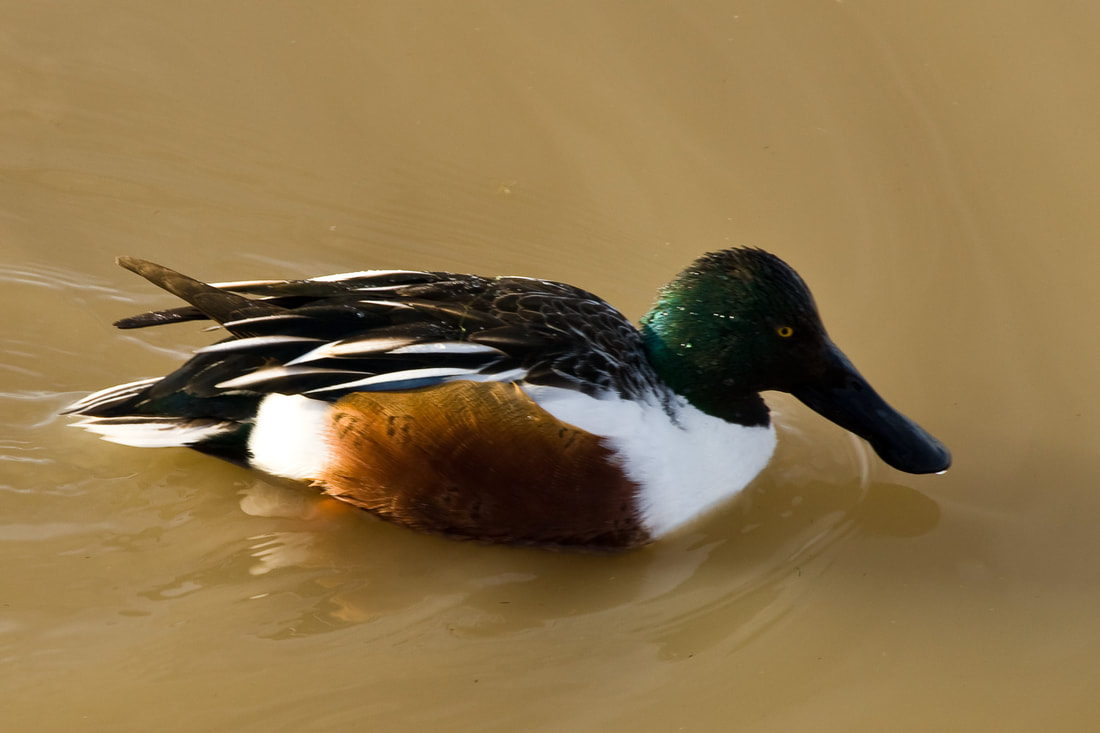
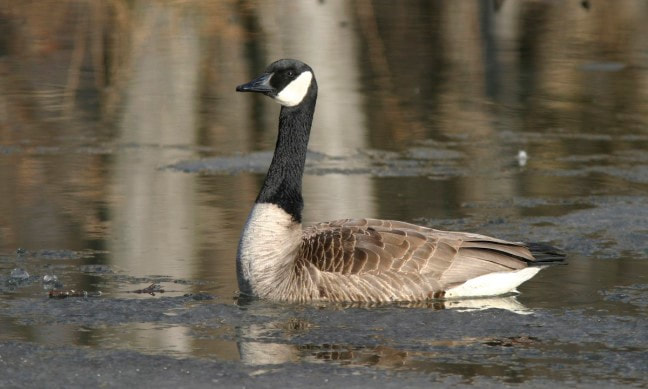
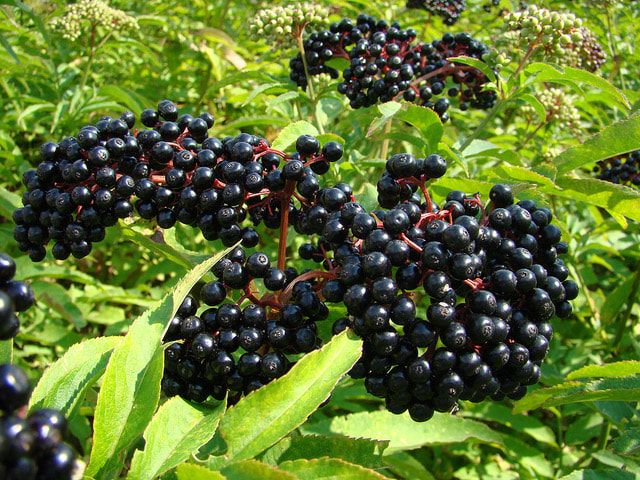
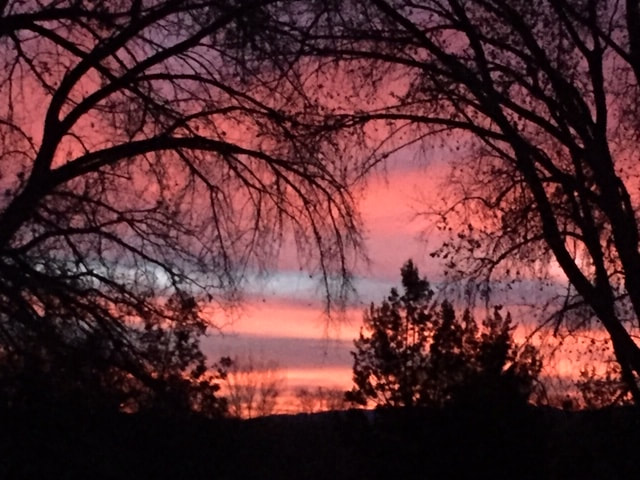
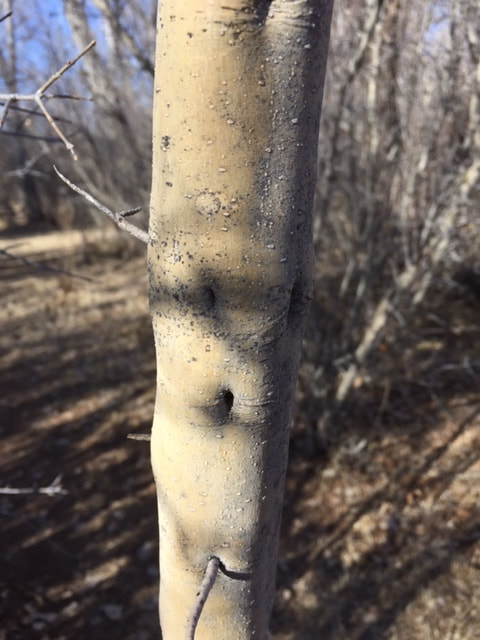
 RSS Feed
RSS Feed